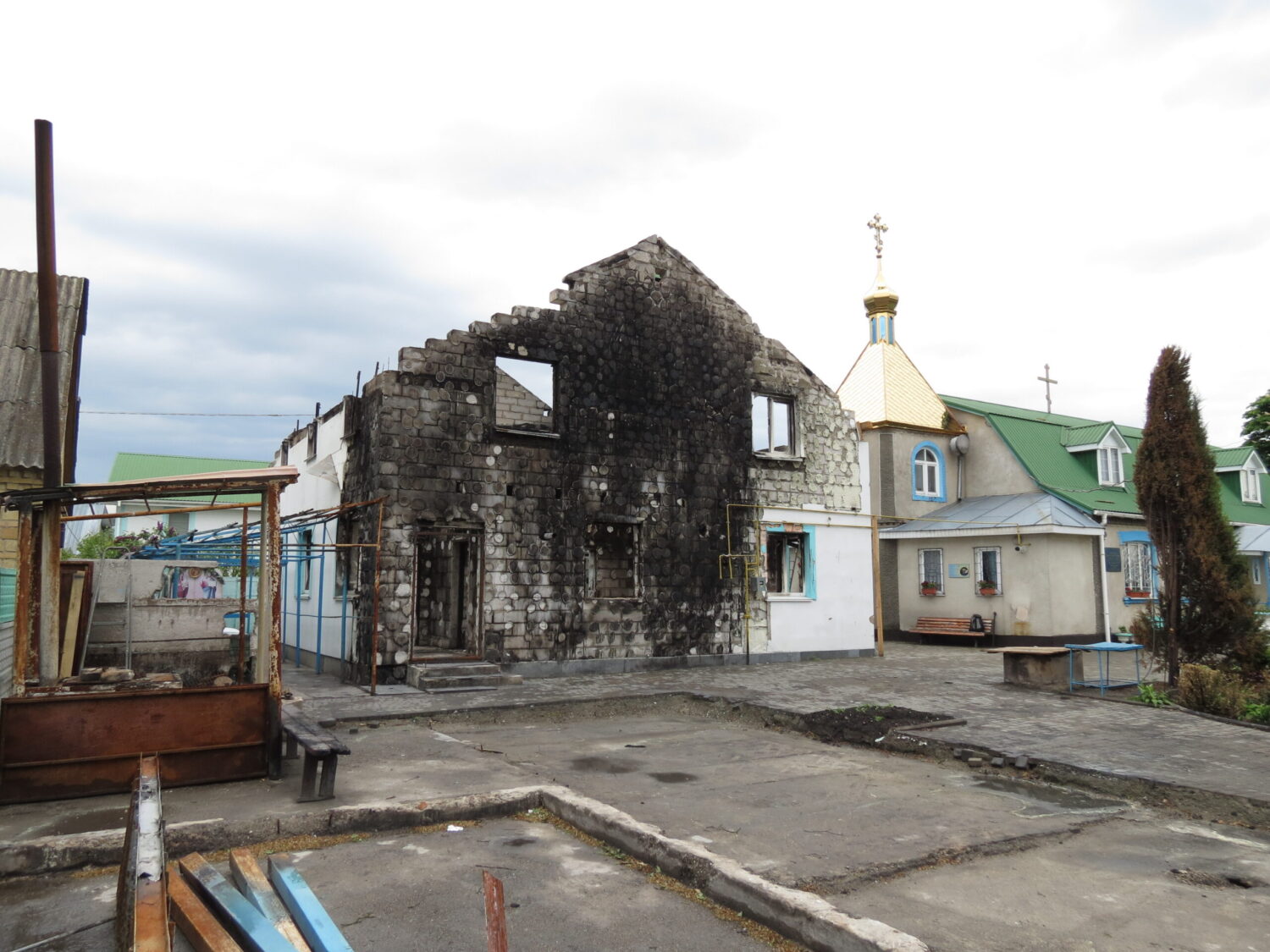You may have heard of MCT oil, a relatively new supplement that takes the form of a colorless oil. MCT oil isn’t just a passing health trend, but a proven benefit to brain and gut health. MCT stands for medium-chain triglycerides, which are one of the easiest types of fat to digest and break down for fuel. Besides fueling the body and brain, there are several other benefits of MCTs to know about, as well as potential side effects.
What Are Medium-Chain Triglycerides?
When you think of triglycerides, you probably think of high cholesterol and heart disease. But triglycerides are a type of fat — in fact, they’re the most abundant type of fat found in your body. There are short-, medium-, and long-chain triglycerides, and your body uses all of them for fuel.
Medium-Chain Triglycerides (MCTs) are a tasteless oil isolated and extracted from coconuts and palm kernels. There are four types of MCTs, known as C6, C8, C10, and C12. These represent the various fatty acids containing a medium-length carbon chain of 6 to 12 atoms. You can take MCT oil daily, but you may experience side effects when you start taking it.
Benefits of Medium-Chain Triglycerides
Research suggests that MCTs can improve mental clarity, help with weight management, lower cholesterol levels, and protect brain health.
Boosts Mental Clarity
MCTs penetrate the blood-brain barrier, which controls the molecules let into the brain. Since they don’t need to be broken down, MCTs provide an instant source of energy for your brain that is healthier than glucose. In fact, MCTs don’t have the same “brain fog” effect that often follows eating sugary foods. If you’re trying to avoid simple carbohydrates, MCTs can keep your brain and body running while preventing sugar cravings.
Protects Brain Health
The brain’s ability to derive energy from glucose declines with age, leading to neurodegeneration and cognitive decline. MCT oil can protect your memory and cognitive function as you age. It provides all the energy brain cells require, and research suggests it can improve cognitive performance at any age.[1]
Reduces Your Heart Disease Risk and Promotes Fat Burning
Like many healthy fats, MCTs are good for your heart. They’re shown to have powerful anti-inflammatory properties and improve fat metabolism.[2]
Research shows supplementing with MCT oil daily can melt 1.1 pounds every three weeks.[3] MCTs increase fat oxidation, which means you burn more calories at the same time. MCTs also induce thermogenesis, which causes you to expend more energy to release body heat.
MCT Oil Side Effects and Dosage
MCTs can cause side effects, including flatulence, diarrhea, stomach pain, and bloating. If you haven’t taken MCT oil before, start with no more with a teaspoon in a day. Build up to no more than three or four teaspoons per day. If you experience any gastrointestinal problems like cramping or nausea, reduce your dose.
How Do You Take MCT Oil?
It’s easy to add MCT oil to your routine by putting it in your morning coffee, smoothie, cereal, yogurt, or oatmeal. You can even take it by itself. MCT oil is tasteless but has an oily consistency.
MCT Oil Summary
You can find MCT oil at health food shops. The only ingredient listed for an MCT oil product should be 100% medium-chain triglycerides. Some MCT supplements list the types of MCTs in the ingredients, such as C8 or C12. According to research, C6, C8, and C10 offer the most benefits.[4] Keep in mind that MCT oil is a source of calories and not a magic pill for weight loss. You still need to exercise and burn more calories than you expend to lose weight.
References:
- “The effects of medium chain triglyceride (MCT) supplementation using a C8:C10 ratio of 30:70 on cognitive performance in healthy young adults” by Jake S. Ashton, James W. Roberts, Caroline J. Wakefield, Richard M. Page, Don P.M. MacLaren, Simon Marwood and James J. Malone, 18 November 2020, Physiology & Behavior.
DOI: 10.1016/j.physbeh.2020.113252 - “Medium Chain Triglyceride (MCT) Oil Affects the Immunophenotype via Reprogramming of Mitochondrial Respiration in Murine Macrophages” by Seungmin Yu, Gwang-woong Go and Wooki Kim, 5 November 2019, Foods.
DOI: 10.3390/foods8110553 - “Effects of Medium-Chain Triglycerides on Weight Loss and Body Composition: A Meta-Analysis of Randomized Controlled Trials” by Karen Mumme, PGDipSc and Welma Stonehouse, PhD, 1 February 2015, Journal of the Academy of Nutrition and Dietetics.
DOI: 10.1016/j.jand.2014.10.022 - “Medium-Chain Triglycerides and Health” by Volpe, Stella Lucia Ph.D., RDN, FACSM, ACSM-CEP, 2020, ACSM’s Health & Fitness Journal.
DOI: 10.1249/FIT.0000000000000537



















